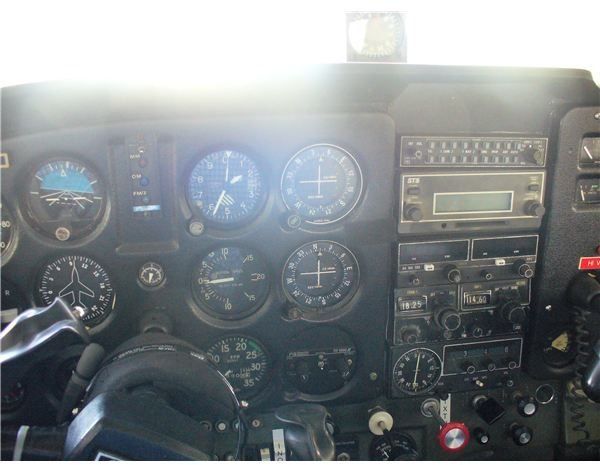Ultralight Aircraft Instruments: What is required and what is just a good idea?
Ultralight Aircraft: an affordable way to fly the friendly skies
Ultralight aircraft are an affordable means of enjoying flying as a hobby, without the hassle of difficult pilot training or the high cost of larger aircraft ownership. An “Ultralight” aircraft is a small, single-seat aircraft that is intended only for recreational use; these aircraft can be either powered or unpowered, and can be operated by a person without a pilot’s license. Many aspiring ultralight owners choose to build these aircraft themselves, from scratch or by using prepared “kits” from manufacturers. One major concern for the builders or operators of an ultralight aircraft is that of the rules regarding ultralight aircraft instruments that are required to be on board.
Who decides what instruments need to be on board?
In the United States, the governing authority on ultralight aircraft is the Federal Aviation Administration’s “Federal Aviation Regulations”, published yearly. Specifically, part 103 of the Federal Aviation Regulations defines the operating rules of these small craft. As the Federal Aviation Regulations are updated each year, the rules governing these small aircraft may change, so a wise ultralight pilot should make sure to obtain a copy of the Federal Aviation Regulations to stay up-to-date with all requirements.
What instruments are legally required on an Ultralight?
Federal Aviation Regulations (or FARs) part 103.7 states that ultralight vehicles, both powered and unpowered (with or without an engine), are not bound to the certification regulations set for regular aircraft. Unlike most other kinds of aircraft, ultralight aircraft are not required to maintain an airworthiness certificate, nor must they be registered with any authority. This means that an ultralight aircraft that complies with all other regulations in part 103 is not legally required to have any instrumentation on board at all!
However, part 103 also sets a few standards that must be met for a vehicle to qualify as an “ultralight aircraft”. Part 103.1e (3) states that a powered ultralight must not be able to exceed 55 knots calibrated airspeed (CAS) at full power, in level flight, and must have a power-off stalling speed of less than 24 knots CAS. In order to determine if an ultralight aircraft meets that regulation, the operator or owner must install a device to measure airspeed, at least for an initial test. If that test demonstrates reliably that the ultralight cannot exceed 55 knots, and stalls (with the engine at idle) at less than 24 knots, the airspeed-measuring device can be removed. Part 103.3 states that the FAA is allowed to examine an ultralight at any time to make sure the owner is complying with the regulations, so he or she should be prepared to re-install the airspeed indicator to prove that the ultralight meets these speed regulations. This regulation does not specifically state that an airspeed indicator is required, but if an ultralight has been built from scratch, a prudent owner should determine the performance characteristics of his or her aircraft to verify that it is legal.
A safe ultralight is a fun ultralight!
Although no instruments are required by the FAA on ultralight aircraft, many operators will choose to install the basics in the interest of safety. An airspeed indicator will tell the pilot valuable information about the performance of the ultralight, and an altimeter will help the pilot follow laws regarding minimum required altitudes. If an engine powers the ultralight, one instrument of great importance is a tachometer; this will help the pilot prevent damage to the engine. These instruments, along with many more, can be purchased (and installed!) at most general aviation repair shops, or ordered online through well-known companies such as Aircraft Spruce & Specialty Co. While adding simple instrumentation can add expense to an ultralight project, the peace of mind given by these simple gauges is priceless. Flying is an enjoyable hobby, and a dangerous one; safety is no place to cut costs.
